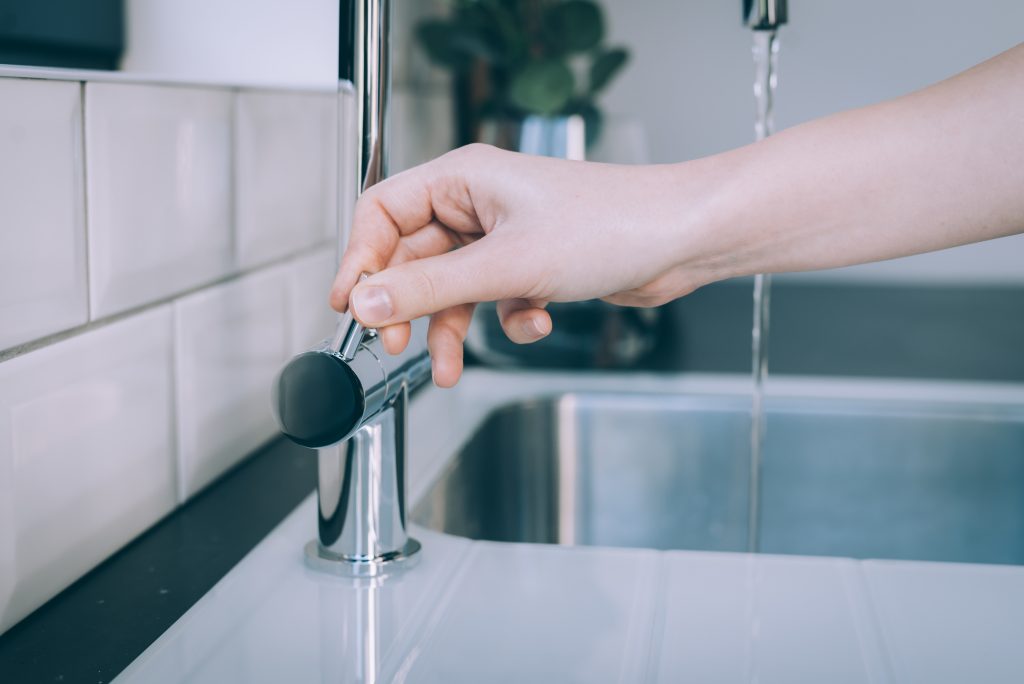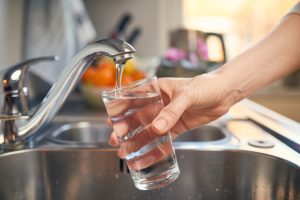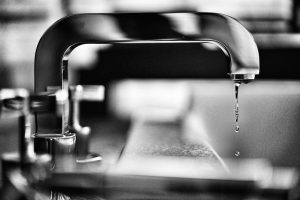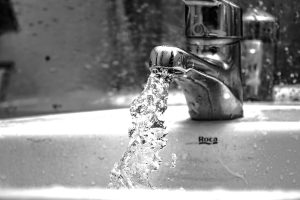Sediments, taste, odor, hardness and bacteria can all result in less than tasty and unhealthy water. Water filters remove or reduce unwanted impurities from our drinking water to create better quality water.
Many households clean their water using refrigerator, faucet, or pitcher filters. For those who prefer more serious filtration, a reverse osmosis (RO) system may be in place. So, what is the difference between reverse osmosis vs. filtration?
Reverse Osmosis vs. Filtered Water: What is the difference?
The answer lies in the number of contaminants filtered from tap water. Refrigerator filters reduce only three pollutants. Pitcher filters reduce four contaminants. A good faucet filter will reduce 11 of the contaminants usually found in tap water.
However, a quality reverse osmosis system can remove up to 26 contaminants in most household water.
Reverse Osmosis vs. Water Filter: How do they work?
Typical household water filters use an activated carbon filter that attracts contaminants and absorbs them, pulling them out of your water.
Reverse osmosis uses a more complex process. Water passes through a filter that removes sediment from the water. This will remove particles like sand and salt from the water. Next, it will pass through a carbon filter that eliminates bad-tasting elements and any odors found in the water.
Any remaining contaminants and impurities are caught in a semipermeable membrane before the water is pushed through a final activated carbon filter that improves the taste and quality of the water. Finally, the contaminants pulled from the water are flushed away instead of remaining caught up in the filters.
RO vs. Filtered Water: What contaminants are removed?
There are around 100 possible contaminations that can affect the quality of your drinking water. A Reverse osmosis system will filter out many of the most concerning ones, including the following:
- Lead – It has long been known that lead is unsafe to consume. Unfortunately, it cannot be detected by smell or taste. Old lead pipes can leech it into your home and should be replaced, but filters can provide a reduction in their presence. Reverse osmosis provides additional filtering of this potentially deadly contaminant. You can read here more information about lead and water filtration systems.
- Mercury – Mercury damages the kidneys, brain and affects fetal development during pregnancy. It can seep into your water as a natural output of the earth, letting off gases escape. The burning of fossil fuels can significantly increase its presence. Once in the air, it can make its way back into the waterways that feed your water supply.
- Hexavalent chromium – Also known as chromium-6, this industrial chemical is a carcinogen. It has been associated with health issues such as asthma, cancer, reproductive problems and other adverse effects on the body.
- Turbidity – Unlike the previous contaminants, you can see turbidity. It is the cloudiness you see in your water when small particles have built up. Since the particles are so tiny, it is hard to recognize them for what they are, creating more of a haze than visible debris. It usually occurs when stormwater runs into water supplies and isn’t fully filtered by municipal facilities or when water is pulled from a well. It can be unpleasant in taste, but more importantly, it can lead to gastrointestinal problems.
- Chlorine – Chlorine is fantastic if you are looking to bleach or disinfect, which many water suppliers have done since the turn of the 20th century. However, if the levels required to treat water are too high, it can leave a nasty taste in your water. While the limited amounts that reach you in your drinking water aren’t considered harmful, they can dry out skin and hair.
- Cysts – Giardia and cryptosporidium cysts can cause severe gastrointestinal issues, including vomiting, diarrhea and serious cramping.
- VOCs – Volatile organic compounds (VOCs) such as industrial oils, gasoline, paint and chemical-based cleaners can leach into the soil and contaminate groundwater in wells and waterways. High levels of exposure to these can result in respiratory illness and damage the nervous system.
While these are some of the most concerning contaminants caught by reverse osmosis, they are not the only ones. There are nearly 100 contaminants that can be removed or reduced by reverse osmosis. Among other common contaminants filtered out are chlorine, chloramines, barium, cadmium, calcium, copper, cryptosporidium, fluoride, giardia, iron, magnesium, nitrate, nitrite, arsenic, radium, sodium, dissolved solids, trihalomethanes, trivalent chromium.
In contrast, water pitcher filters remove very few of these. While a pitcher full of crisp, cold water might provide the illusion of clean drinking water, it doesn’t remove many contaminants that can still be present. Of the more than two dozen water contaminants that can be present in our tap water, water pitchers will only remove four of them: chlorine, odors, cadmium and copper.
In-line water filters on your refrigerator typically only remove chlorine, bad tastes and odors. So, the water and ice produced by your appliance may appear clean and taste clean, but it could still contain dissolved solids that are invisible to the naked eye. Plus, even the best care and cleaning can leave behind things like mold, E. coli and yeasts that form in foods present in the refrigerator and seep into the water dispenser.
Faucet water filters do a better job of removing impurities, pulling nearly a dozen from your water as it exits the tap. However, it still doesn’t come close to removing all of the unhealthy contaminants that can be found in your water system.
Reverse Osmosis vs. Filtration: What is the bottom line?
While simpler water filters might be relatively inexpensive and convenient, they can often only give the illusion of clean drinking water while leaving behind a host of pollutants you’d rather not be ingesting. Obviously, they are an improvement over drinking water directly from the tap without additional filtration. Still, if you are looking for more powerful water filtering that leaves you with truly cleaner water, you might want to opt for the reverse osmosis system instead.
Still not sure when it comes to reverse osmosis vs. filtration? No problem. Contact the professionals at American Home Water and Air. We will be happy to discuss your options with you or visit you to assess your water filtration needs.










